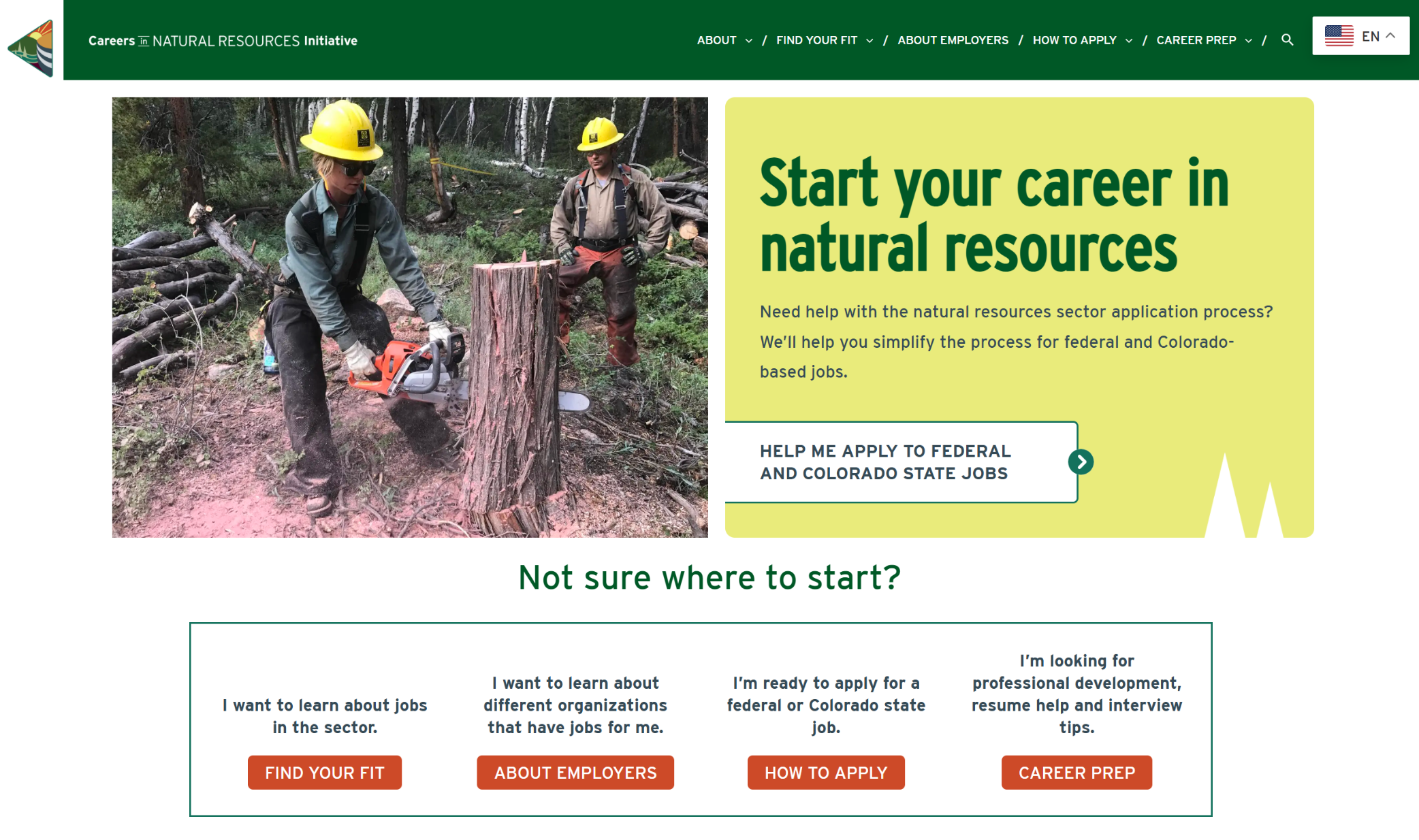In all of the resources we have read and from numerous interviews with hiring managers, the most common thing we heard was that applicants must tailor their resume to the job that they are applying for. What does this mean? It means that you can’t take a resume that you used to apply for a communications intern at a non-profit organization and use it to apply for a biologist position at a government organization. If you do, there are certain to be gaps between the experience stated on your resume and the qualifications of the job allowing other competing candidates to score above you. You can certainly use pieces from your old resume and use it as a menu to select information from, but unfortunately you still have work ahead of you.
The second most common thing we heard was to read and follow all directions carefully! Ensure that your application is complete and error-free. Read through the application directions carefully and make sure you have included all of the required materials. Some jobs close when only 30 applications have been received or after as few as five days so make sure you are ready by already having a copy of your transcripts, references and other supplemental materials on hand ahead of time so that you can focus on your resume and cover letter when you spot that perfect job listing.
Step 1: Create Your Resume
Your resume is your best marketing tool and should clearly communicate your qualifications and show that you can hit the road running. Whether you already have a current resume or not, here is a good place to start. List all of your past jobs, education, classes, and volunteer positions on a piece of paper. Then, under each title, list all of the projects or responsibilities you had. For each project/responsibility, list the role you played, the budget, partners, challenges you faced and most importantly, the accomplishments you made. To help you, look through old files, talk to current and former coworkers, and collect documents that may remind you of the variety of work you have done.
Next, match your skills and achievements to those listed in the job description. If you haven’t already done so, print the job announcement, specifically the Requirements, Duties, Qualifications and/or Responsibilities section. Go through these sections and highlight all of the keywords. Keywords are things like “conducting or assisting in field site assessments,” “entering and retrieving data,” or “creating and editing written correspondence.” Alternatively, you can use a website such as Wordle or TagCrowd to create a word cloud of the job duties and qualifications, which will help identify the most important keywords for you.
Make a list of the keywords that you found in the position listing and questionnaire. Next to that list, make a list of the keywords from your current resume or the list you created above. Then, match your skills to those listed in the position. Make sure for each qualification you not only state what you did but how well you did it. Each bullet in your resume should have two parts - the experience (what you did) and the accomplishment (how well you did it). Your accomplishments could be related to money raised, people impacted, deadlines exceeded, awards won, etc. Here is an example two-part resume bullet answer: "Developed and executed fire management training courses for nearly 1,000 personnel annually. Rated as the #1 instructor over 10 peers on last three annual performance reports."
Step 2: Format Your Resume
Even if a job posting requires you to submit your application through an online form, we suggest writing it in a word processing program (like Word or Google Docs) so that you can use the spell-check and other functionality of the program as well as save your work for future applications.
There are many examples and templates available online of high quality resume formats. Choose one of these or start from scratch.
Step 3: Edit Your Resume
If possible, allow your resume to sit for a few days after you are finished. Then, come back to it with fresh eyes. Read over it for accuracy and clarity. Finally, have a friend, family member or colleague look over your resume and application before you hit submit for any spelling errors or unclear sentences you may have missed.



